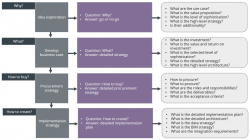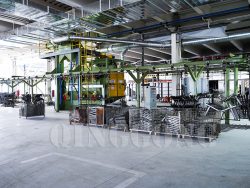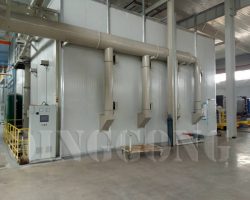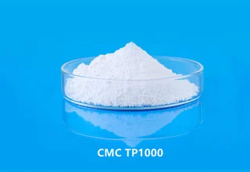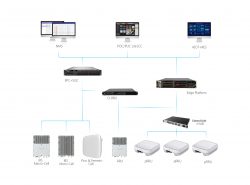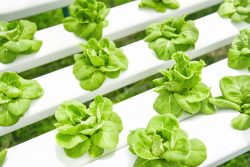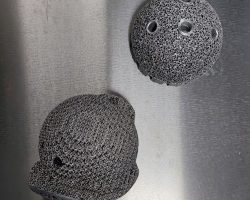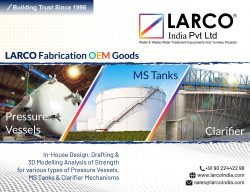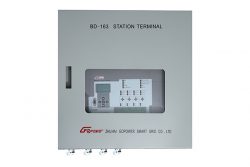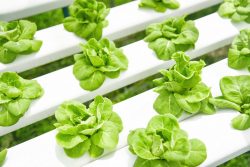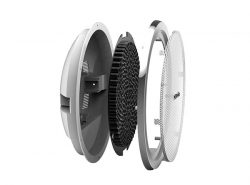Starch/Ethanol
To make full use of starch-base raw materials, the starch must be hydrolyzed to small molecules in order to produce sweeteners or provide fermentable sugars. Starch & ethanol enzyme can catalyze this kind of reactions and convert starch to glucose. What’s more, it can also hydrolyze the protein in starch-based feedstock to release more nutrition, increasing the yield of fermentation products. As a kind of food addictive, starch & ethanol enzyme plays an important role on starch sweetener and ethanol industry improving production efficiency greatly.
Types of Starch and Ethanol
SuperAA™ X5 Alpha-Amylase
SuperAA™ X5 Alpha-Amylase can hydrolyze α‐1,4‐glucosidic bonds of starch to reduce slurry viscosity with ‘liquefy’ effect producing short chains of dextrin and small amount of oligosaccharides.
SuperAA C5 Alpha-Amylase
SuperAA C5 Alpha-Amylase can hydrolyze α‐1,4‐glucosidic bonds of starch to reduce slurry viscosity with ‘liquefy’ effect producing short chains of dextrin and small amount of oligosaccharides. It is widely applied for corn feedstock ethanol fermentation.
ALCGEN™ P10/P15 Acid Protease
ALCGEN™ P10/P15 Acid Protease belong to acid protease specifically for alcohol production. It can hydrolyze most proteins randomly on a wide range of substrates.
FastLIQ STAR150 Alpha-Amylase
FastLIQ STAR150 Alpha-Amylase can hydrolyse α- 1,4 glycosidic bond randomly. The viscosity of starch slurry decreases rapidly because of the high reaction rate and yielding short chain dextrins and a little oligosaccharides. FastLIQ STAR150 Alpha-amylase can be applied in liquefaction process based on starchy materials to produce starch sweetener.
HighDEX™ Ultra3.0 Glucoamylase
HighDEX™ Ultra3.0 Glucoamylase is a compound enzyme which can hydrolyse α- 1,4 glycosidic bond and α- 1,6 glycosidic bond converting dextrins to glucose with almost no transglycosylation effect.
FAQs Of Starch/Ethanol
What are the advantages of enzymatic hydrolysis sweetener compared to the one with acid hydrolysis process?
A:
(1) The factory can get higher convertion rate utilizing enzyme instead of acid.
(2) The enzymatic reaction is under mild conditions with less operational risk.
(3) The taste is better than traditional acid hydrolysis sweetener.
Why do yeast need enzyme in ethanol fermentation?
A:
(1) Yeast can’t utilize starch directly.
(2) Enzyme can break down long starch chain into small molecules which can be absorbed by yeast to produce ethanol thus improve utilization rate of starch.
What’s the purpose of adding protease in starch-based feedstock fermentation?
A:
Corn starch is the common feedstock applied in ethanol production and it also contains a small amount of protein. Protease can hydrolyse protein to free amino nitrogen providing nutrition to yeast and finally increase ethanol yield.



